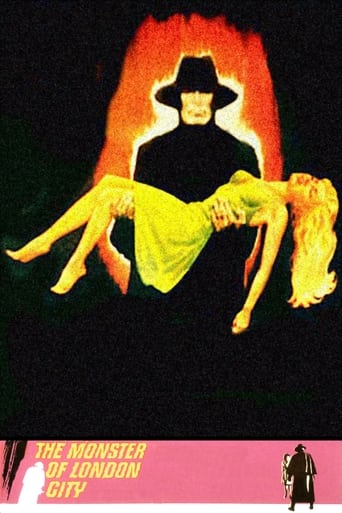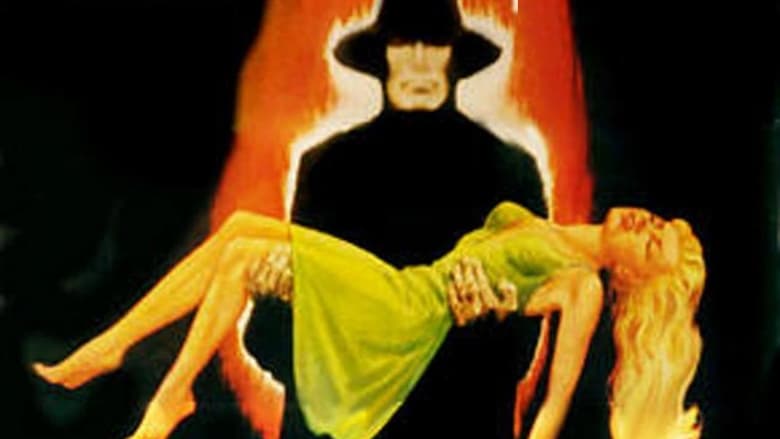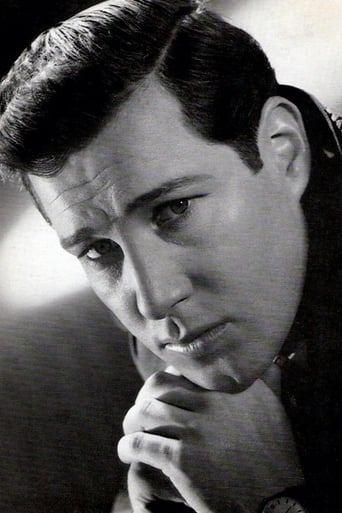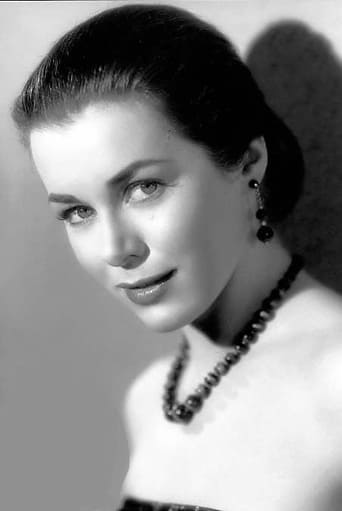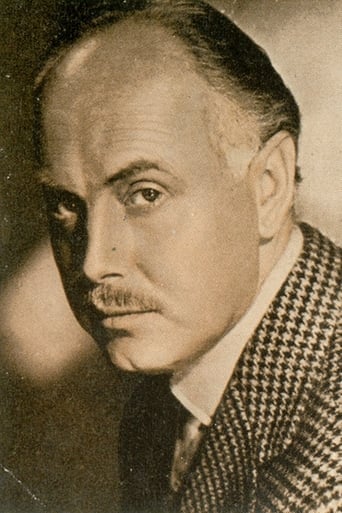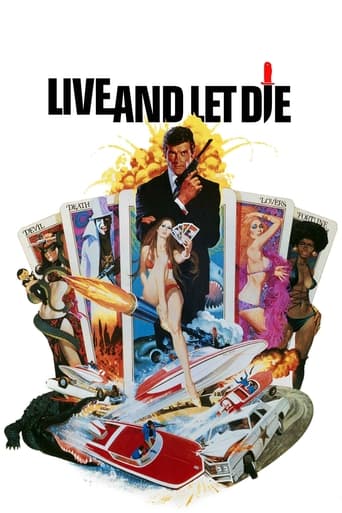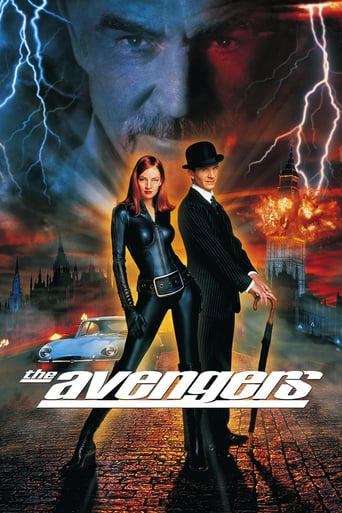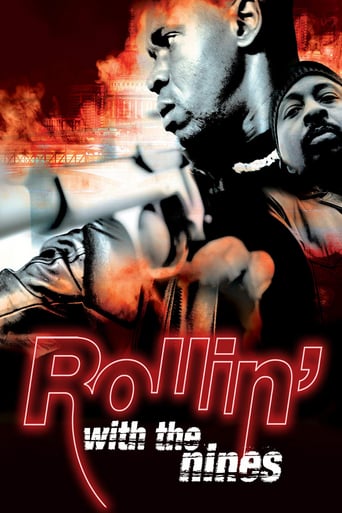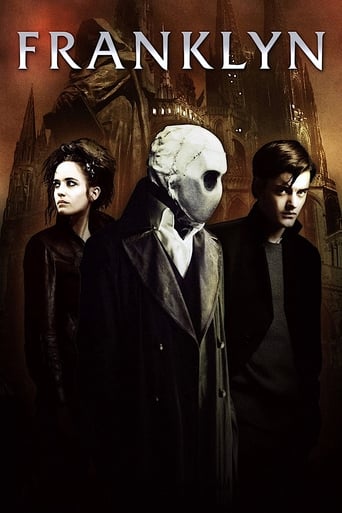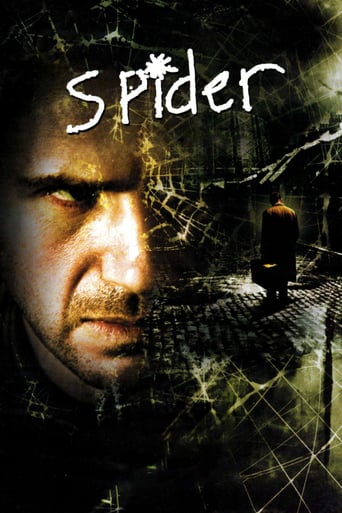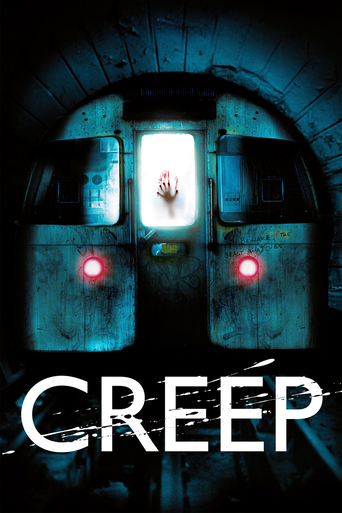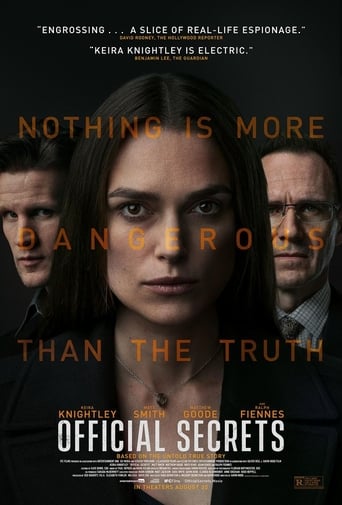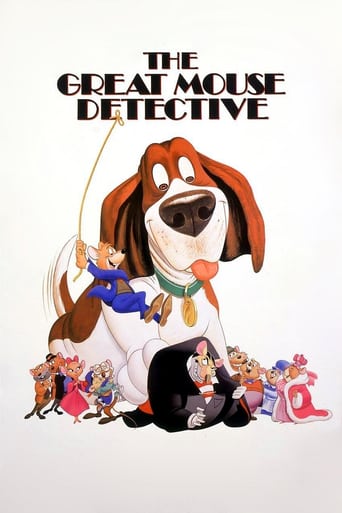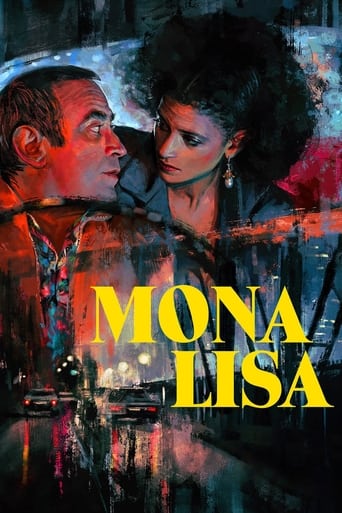The Monster of London City (1967)
Then the spirit of Jack the Ripper seems to be very much alive in 1960s London as a series of brutal slayings by the Monster of London City has Scotland Yard baffled. In a macabre coincidence, a new play about the famous murderer is about to become a major West End hit... and the leading man is rapidly becoming the prime suspect!
Watch Trailer
Free Trial Channels
Cast


Similar titles
Reviews
Wonderful Movie
Dreadfully Boring
Am i the only one who thinks........Average?
Each character in this movie — down to the smallest one — is an individual rather than a type, prone to spontaneous changes of mood and sometimes amusing outbursts of pettiness or ill humor.
"Das Ungeheuer von London-City" or "The Monster of London City" is a West German German-language production from 1964, so this one is already over 50 years old. Director is Edwin Zbonek and Robert A. Stemmle worked with Bryan Edgar Wallace on the script here. The title of this slightly under 90-minute movie is already an indicator that we are once again taken into the horrendous world of Jack the Ripper. There is a play in London which deals with this infamous serial killer and at the very same time prostitutes get murdered by a new perpetrator that is soon of course also called Jack the Ripper. What is his motivation? Watch for yourself and find out. The cast includes the likes of Felmy, Koch, Schönherr, Nielsen, Tillmann, so quite a few actors that were relatively famous back then, at least here in Germany and this also shows how prestigious these crime/horror films were back then, especially if the name Wallace was attached to them. Oh yeah, this one here is a black-and-white movie of course.I must say having seen many films from the well-known Rialto series I expected not too much here because I hardly liked any of them and if I did somehow, then it was mostly due to Klaus Kinski being in the cast and here he is not. This is why as you can see from the title of my review I was indeed pretty surprised I ended up liking this one here. The story was simple, yet smart. There were interesting inclusions in terms of the connection between the play and reality, such as the exchanged dagger. There was suspense if the actor is actually the killer. The old cop character was interesting, but they did not shove him into our faces like in other of these movies. The killer is not running around in some stupid costume. The comedy was not an essential part here, but still there were some subtly funny moments here and there like the guy they suspect of being the killer near the end. And there are also not too many suspects that you just get confused who is who and stop caring. Sure there were also some weak moments like the rushed-in explanation at the very end, but it's all good. I still think the good outweighs the bad here and especially a thumbs-up goes to the writers who prove that scary German crime movies in the 1960s do not have to be a failure by definition. This one here is kind of the exception to the rule. I recommend checking it out. Final note: The highly prolific Arthur Brauner produced this one and he is still alive today at the age of 98 (and a half). Will he make it to 100? Feel free to check it out if you read this review in August 2018 or afterward.
Pretty sure this is my first German 'krimi' and am rather surprised how much I enjoyed it. Said by some to be a precursor to the Italian giallo, I can now see why. Not only is there a silly/comic element but the actual kills are uncompromising with extensive use of force reducing victims to 'rag doll' like state and complete with body dragging and carrying sequences. My copy is dated 1964 and in some respects this looks earlier, being shot in b/w and featuring foggy streets (Hamburg standing in for London), complete with cobbles sparkling in their wetness. Also referencing back to the earliest German expressionist horror with curved brick walls extreme angles and long dark shadows creeping across the victim before the attack. In other ways the film strikes as later because 1964 would seem early to see such casual and concentrated violence and incidental sexuality. Very interesting and enjoyable watch.
I have seen most, but not all, of the German Edgar Wallace thrillers of the 60s. They do vary in quality, but when "on target" the filmmakers behind this peculiar franchise had a wonderful thing going. At their best these "krimis" (German equivalent of the Italian giallo) possess a unique flavor and style. They are dark and atmospheric, most activity seems to take place at night (or at least it should). Great advantage is taken of the opportunity to use the moody lighting of London at night, and these films do very well when the narrative allows for many scenes in seedy pubs, run down hotels, smoky nightclubs, Gothic mansions and the like. Characters tend to be exaggerated and grotesque, especially the villains. The violence is intense and shocking, and thankfully this welcomed potency is accomplished without the use of copious amounts of gore. One of the highlights of the franchise is the music. The scores are always noteworthy, either due to being outlandish and bizarre (avant garde and atonal), or more traditional but still overtly evocative and compelling. During the 1960s film composers in both Germany and Italy were riding a crest of supreme creativity, self-expression, and experimentation. In no films is this fantastic artistic freedom more evident than in the Edgar Wallace thrillers. The Monster of London City was scored by Martin Bottcher (pronounced "bett-ker"). Bottcher is a very well known and beloved musician in Germany, particularly to film fans (he is deeply affiliated with the German westerns of the 60s). His style is extremely smooth and elegant, usually relying on rich melodies and simple but emphatic designs. For those versed in the world of film music it will help to offer that his work is comparable to that of John Barry, Henry Mancini and Neal Hefti. Bottcher's main theme for The Monster of London City is typical of his service to the genre; it is a slinky and sensual jazz-infused instrumental. The melody is not complex, but nonetheless bold and effectively communicative of sex, sleaze and sin - three prime ingredients of any solid German-filmed Wallace mystery! As for the narrative, this is a good one. The story concerns a reincarnation of Jack the Ripper terrorizing the denizens of the London after-hours crowd, and the principles involved are an actor (coincidentally starring as the Ripper in a play that benefits from the publicity generated by the real-life murders), a stuffy politician and his beautiful niece (Marienne Koch of A Fistful of Dollars), her lover, and a bumbling detective. The story moves at steady clip and the desired ambiance of decadence and cosmopolitan glamor is thick and juicy. If you have a taste for such things you'll love it! - John Bender
The Monster of London City is an unremarkable entry in the krimi cycle, this time based on a novel by Bryan Edgar Wallace, son of the prodigious Edgar Wallace. Set in a London of perpetual night, the titular character is a modern day version of Jack the Ripper, whose murder streak coincides with the successful run of a play about the original Saucy Jack. Hansjorg Felmy is the star of the play, which judging from what we see here is one of the most inept to ever appear in the West End. Felmy is also the target of an MP (Fritz Tillmann) eager to shut down the production for inciting violence, and the police naturally suspect him as well. This review is based on a screening of IS Filmworks video, a faded and blurry black and white print that renders most of the night time scenes almost impossible to watch and incorrectly frames the film with a 1.66:1 aspect ratio, uncomfortably squeezing the original, widescreen Totalscope compositions. It's all we've got for now--the film isn't included in the recently released in Germany Edgar Wallace DVD boxed sets--but there are enough hints here to pique one's interest in seeing a restored print. A decent Martin Bottcher score is an added bonus.

